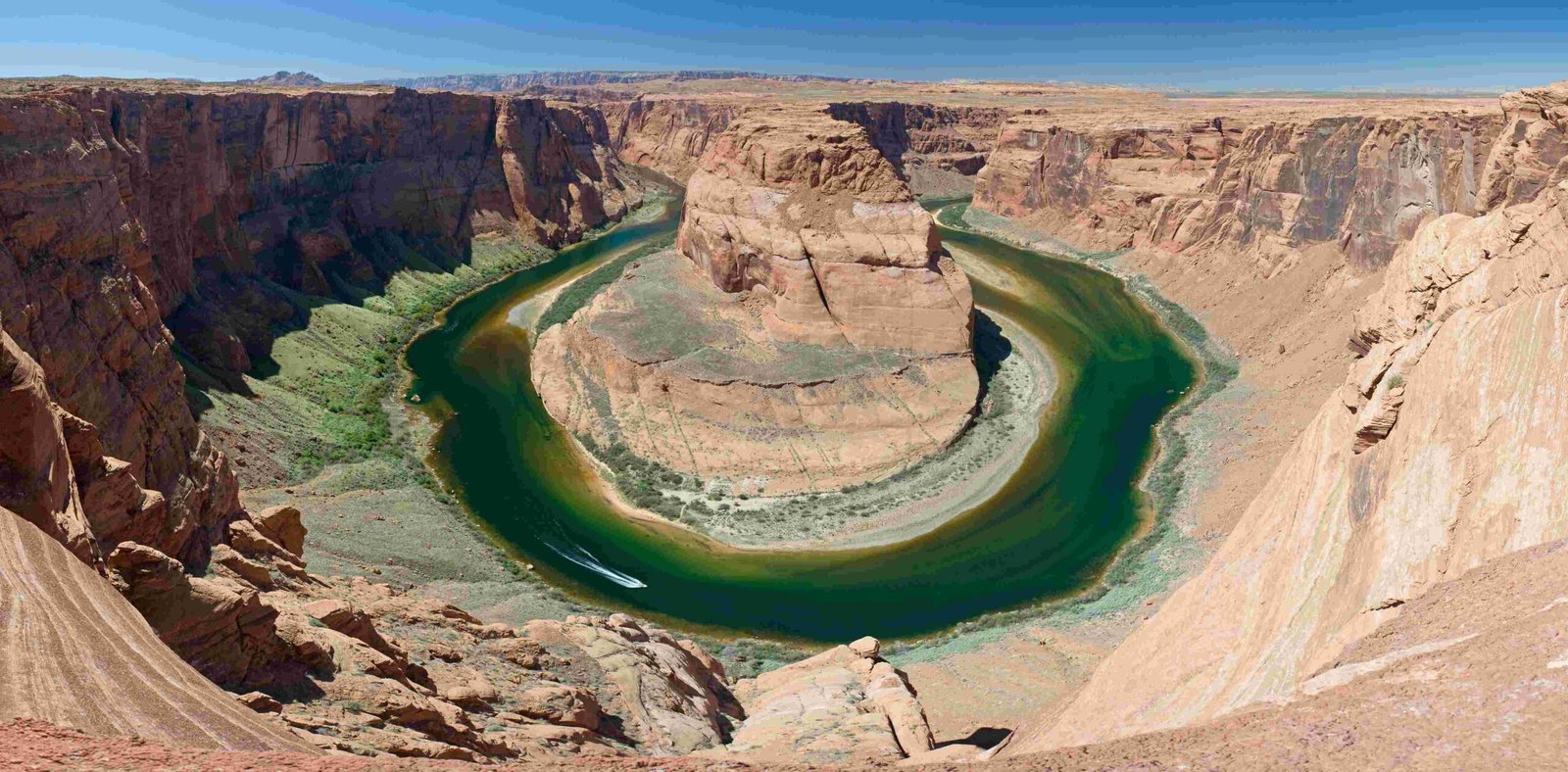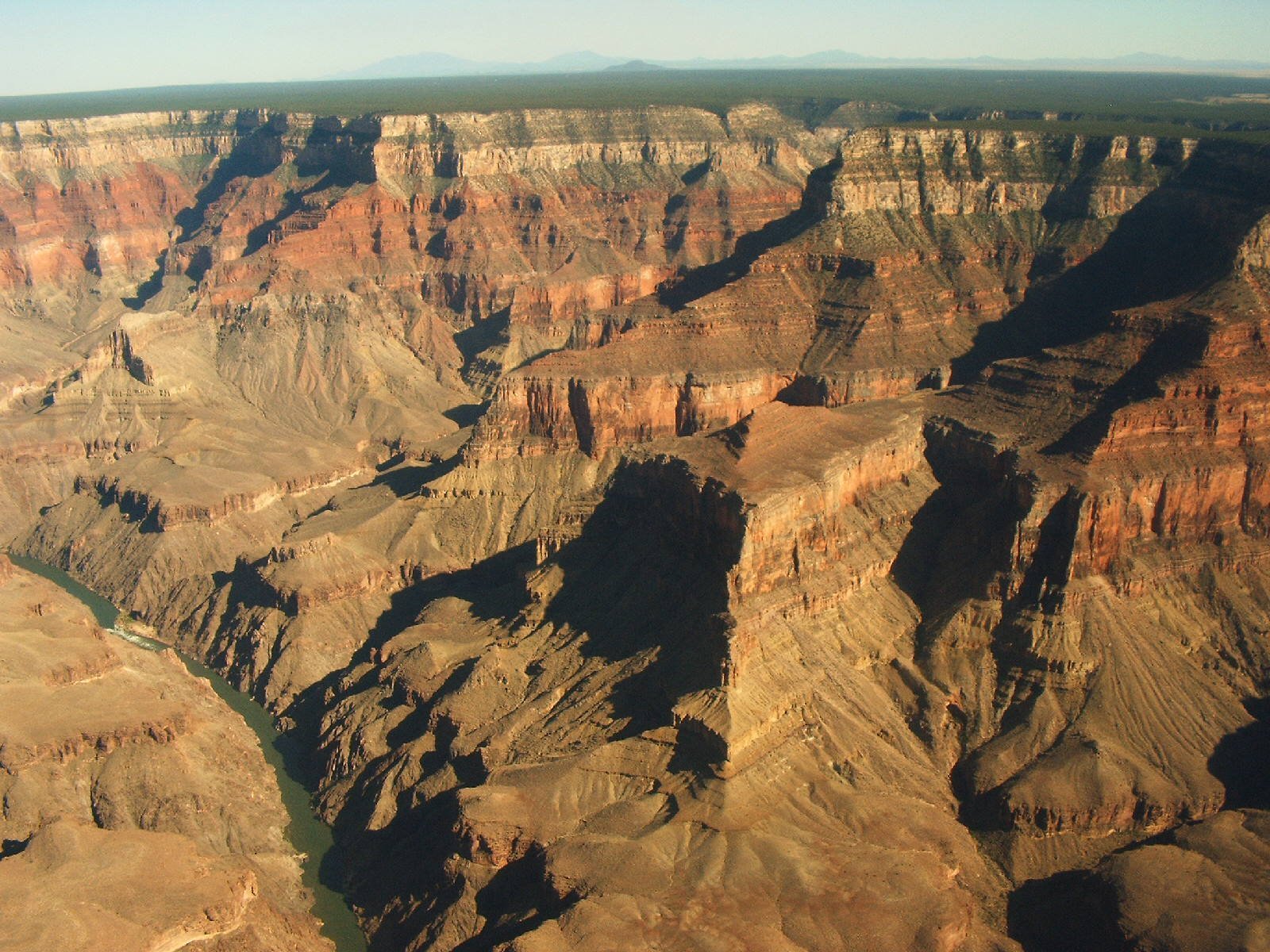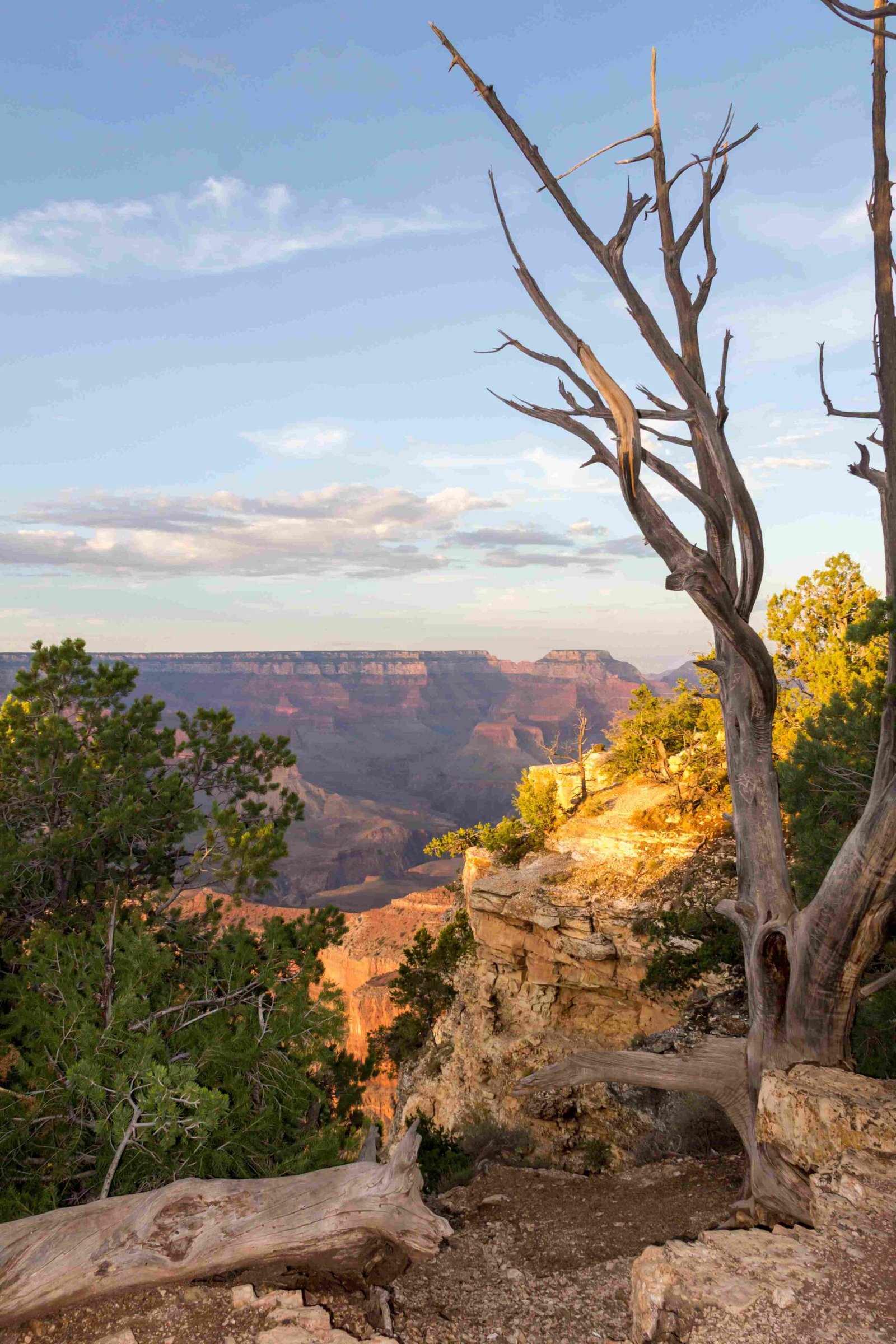The Grand Canyon is predominantly composed of sedimentary rocks, representing a complex geological narrative spanning over 2 billion years. These rock layers, including sandstone, limestone, and shale, were deposited through various environmental processes like marine sedimentation, coastal formations, and wind-driven accumulation, creating a stunning geological record that reveals Earth’s dramatic transformational history.
What Are the Primary Sedimentary Rocks in the Grand Canyon?

The Grand Canyon’s rock layers showcase a remarkable collection of sedimentary rocks, each telling a unique story of geological transformation:
Sandstone Layers
- Coconino Sandstone:
- Formed approximately 260 million years ago
- Originated from ancient sand dune environments
- Approximately 20 meters thick
- Represents eolian (wind-driven) depositional processes
Limestone Formations
- Redwall Limestone:
- Deposited around 335 million years ago
- Thickness ranges from 120-240 meters
- Formed in shallow tropical marine environments
- Rich in marine organism fossils
Shale Compositions
- Bright Angel Shale:
- Created around 530 million years ago
- Developed in near-shore shallow marine settings
- Approximately 152 meters thick
- Compacted from ancient marine mud deposits
How Did Sedimentary Rocks Form in the Grand Canyon?

| Geological Process | Description | Time Period |
|---|---|---|
| Marine Deposition | Sediments accumulated in shallow seas | 530-270 million years ago |
| Coastal Sedimentation | Terrestrial and marine sediment mixing | 285-260 million years ago |
| Tectonic Uplift | Land rising and falling | Continuous process |
| Erosional Cycles | Wind and water reshaping landscape | Ongoing |
What Geological Events Contributed to Rock Formation?
The Grand Canyon’s sedimentary rock formation involved complex geological events:
- Initial Rock Formation
- Vishnu Basement Rocks: Oldest rocks, formed 2 billion years ago
- Grand Canyon Supergroup: Deposited 1.2-740 million years ago
-
Paleozoic Rock Layers: Formed 530-270 million years ago
-
Environmental Transformations
- Repeated cycles of marine transgression and regression
- Alternating periods of land uplift and subsidence
- Continuous erosion and sediment redistribution
Why Are Sedimentary Rocks Significant?
Sedimentary rocks in the Grand Canyon provide crucial insights:
- Paleoenvironmental Records: Reveal ancient ecological conditions
- Fossil Preservation: Capture snapshots of prehistoric life
- Geological Timeline: Document Earth’s transformational processes
- Climate Change Indicators: Show historical environmental shifts
Challenges in Studying Grand Canyon’s Sedimentary Rocks
Researchers face several challenges:
– Complex geological interactions
– Limited preservation of ancient rock layers
– Intricate erosional processes
– Interpreting fragmentary geological evidence
Visitor Exploration Tips
For those interested in sedimentary rock exploration:
– Take guided geological tours
– Visit visitor centers with geological exhibits
– Use trail guides explaining rock formations
– Bring geological identification resources
– Respect park conservation guidelines
Conclusion
The Grand Canyon is indeed predominantly made of sedimentary rocks, representing a magnificent geological archive that chronicles billions of years of Earth’s dynamic history.

